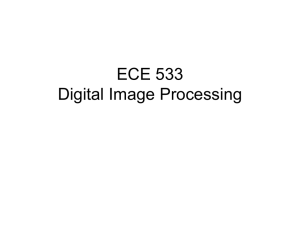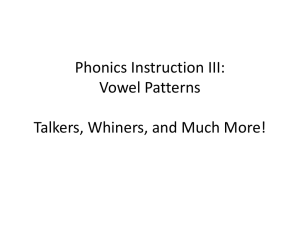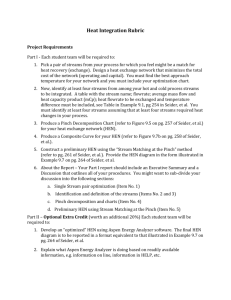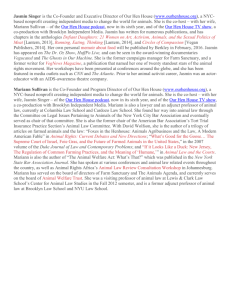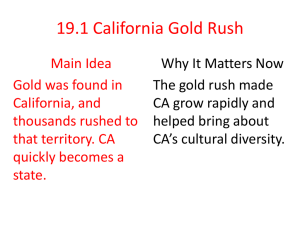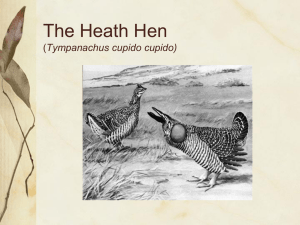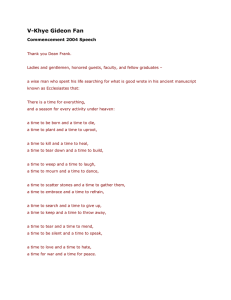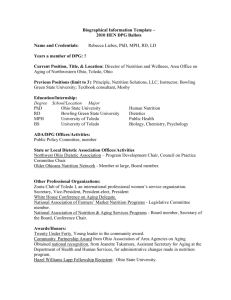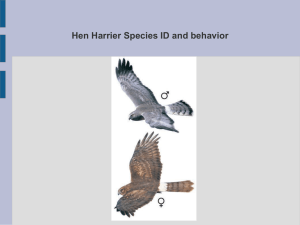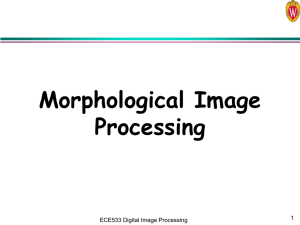Close Reading Strategies: Accessing Complex Texts
advertisement
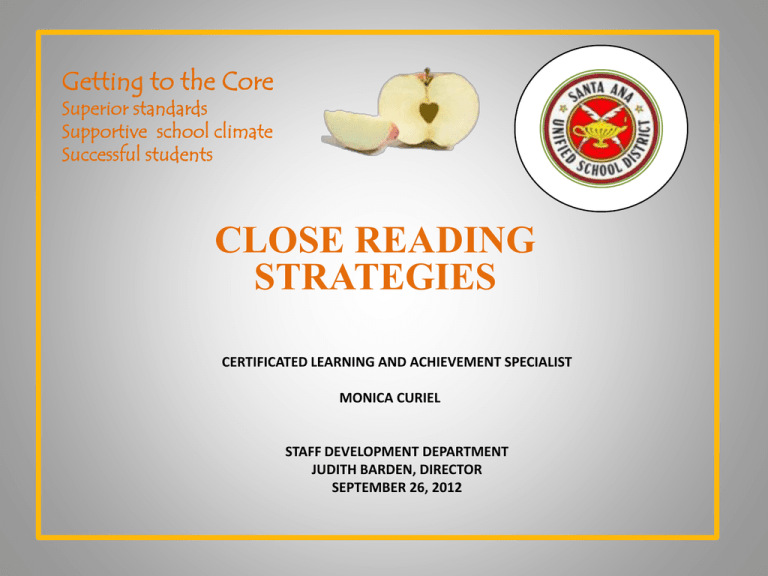
Getting to the Core Superior standards Supportive school climate Successful students CLOSE READING STRATEGIES CERTIFICATED LEARNING AND ACHIEVEMENT SPECIALIST MONICA CURIEL STAFF DEVELOPMENT DEPARTMENT JUDITH BARDEN, DIRECTOR SEPTEMBER 26, 2012 Today’s Objective: • Learn new Close Reading strategies to help students access complex text. Students’ success or failure in school (and out of school!) is closely tied to their ability to comprehend expository text (Kamil, 2003). 6 “Every book has a skeleton hidden between its covers. Your job as an analytic reader is to find it.” Adler and Van Dore, 1940/1972 Use a short passage “Read with a pencil” Note what’s confusing Pay attention to patterns Give students the chance to struggle a bit Creating a Close Reading • For good readers, “close reading” happens internally. Most students need training with this • “Closeness” occurs with the students’ engagement with the text, NOT submission to the teacher. How to Read Closely… Read this passage silently: There are known knowns. There are things we know that we know. There are known unknowns. That is to say there are things that we know we don’t know. But there are also unknown unknowns. There are things we don’t know we don’t know. ~ Donald Rumsfeld Effective First Readings • What did you just read? • Why is it necessary to reread this text? • What will you do to address your “confusions” as you reread? KEY WORDS • Students can highlight key words. • Read the poem “Hard on the Gas” by Janet S. Wong *Identify one or more words you consider to be central to the meaning of the poem. *Be prepared to explain your choices. *Why do you think the author chose these words instead of another? *How do these words capture the centrality of the text? Strategies for Close Reading “Hard on the Gas” by Janet S. Wong My grandfather taught himself to drive rough, the way he learned to live, push the pedal, hard on the gas, rush up to 50, coast a bit rush, rest, rush, restwhen you clutch the bar above your right shoulder he shoots you a look that asks, Who said the ride would be smooth? PULLED QUOTES • Magazines often pull and box important quotations from articles to attract reader attention. • Requiring students to pull quotes helps them determine significance. *Work with your table to identify a significant quotation from the article “Mass Grave Mystery”. Write a short justification for the quotation you selected. Why is it significant? Strategies for Close Reading WRECKING A TEXT • Highlighting the choices the author makes in the text. • Then Mr. Fox chose three of the plumpest hens and with a clever flick of his jaws he killed them instantly. (Roald Dahl) • How could you rewrite this sentence? Why do you think Dahl made the word choices he did? Strategies for Close Reading “Mass Grave Mystery” By Matthew Brunwasser found in Archaeology magazine With expository text… • Highlight key words/ideas in the text • Summarize the text in your own words-Wreck the text! TEXT DEPENDENT QUESTIONS • Standards based questions answered through reading the text • Should be higher level • Give attention to different levels of discourse --text structure --voice --main idea or message --vocabulary --sentence structure --academic vocabulary • Require teacher preparation and student thought Strategies for Close Reading Text Independent Text Dependent What do you know about ancient Rome? What is the little red hen planning? Do you think mass killings like this are okay during war? What just happened? In what other cultures has this type of thing happened? How does the hen feel about others’ response to her request for help? What makes you think so? What is your opinion on what happened to these people? How does the author help us understand what a mill is? If you could go to Rome, what historical places would you like to visit? What does the hen do once her bread is ready to eat? Why? What other mysteries have you read about? What do you think the author is telling us? Text Independent Text Dependent Have you ever seen a hen? Where was this grave found? Have you ever eaten freshly baked bread? According to the article, what is the only thing that is certain about these deaths? How do you feel when you ask for others for help and they don’t help? What is your favorite animal? Who in your life works really hard? How might you help him or her? Remember our trip to the high school farm? What animals did we see? Text Independent Questions Text Dependent Questions Write at least two more text dependent questions for this piece of text TEXT DEPENDENT QUESTIONS • Standards based questions answered through reading the text • Should be higher level • Give attention to different levels of discourse --text structure --voice --main idea or message --vocabulary --sentence structure --academic vocabulary • Require teacher preparation and student thought Strategies for Close Reading Another strategy in our toolkit Use Close Reading to: • access complex texts • analyze poetry and fiction • gain a deeper understanding of the reading • Use a piece from your text, article, primary source…to create a Close Reading activity. Bring back the lesson and some samples from your lesson to the next staff meeting.
